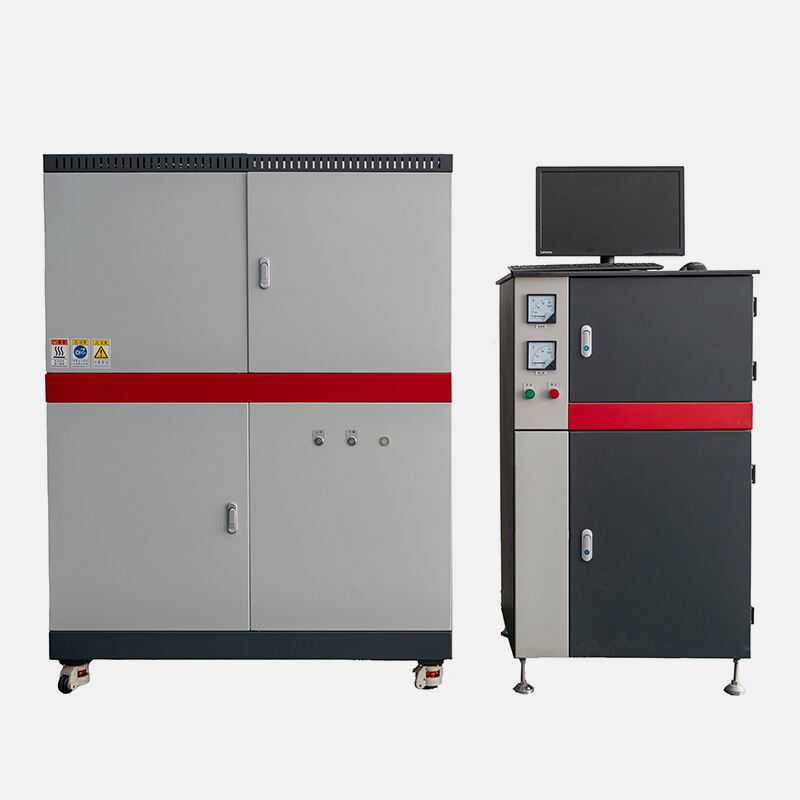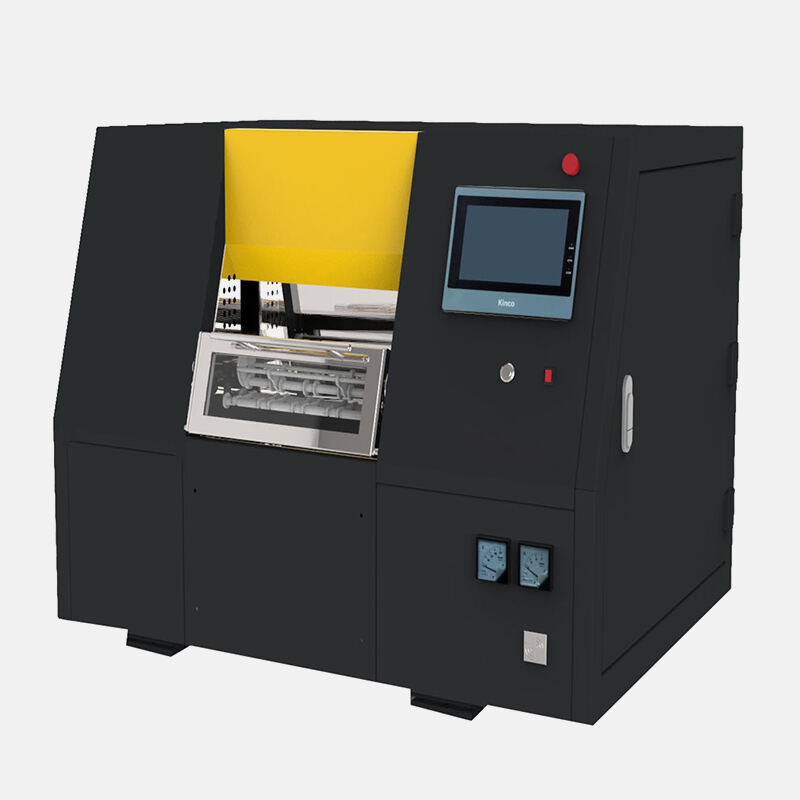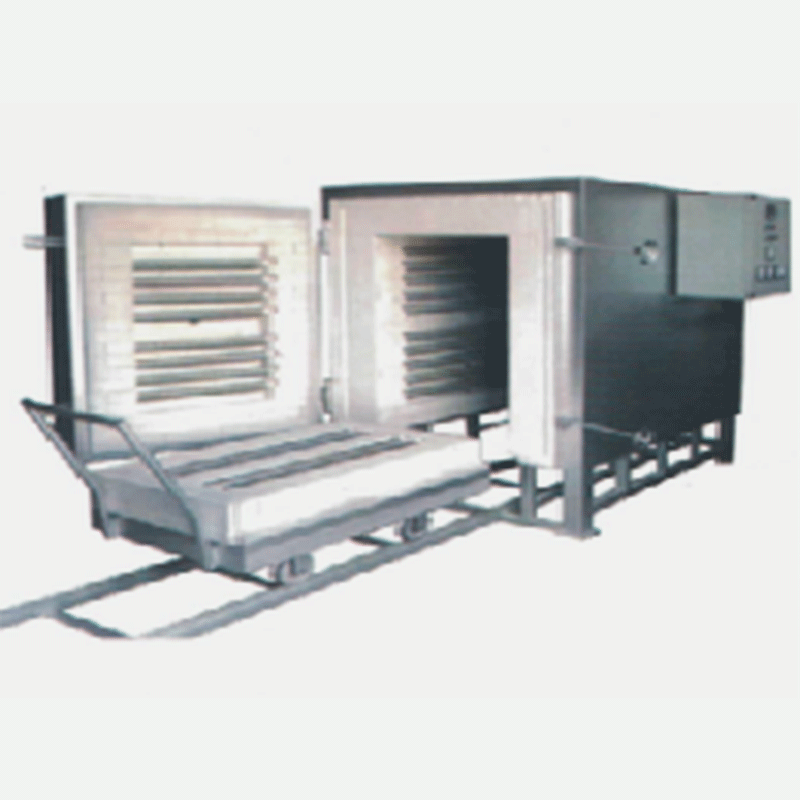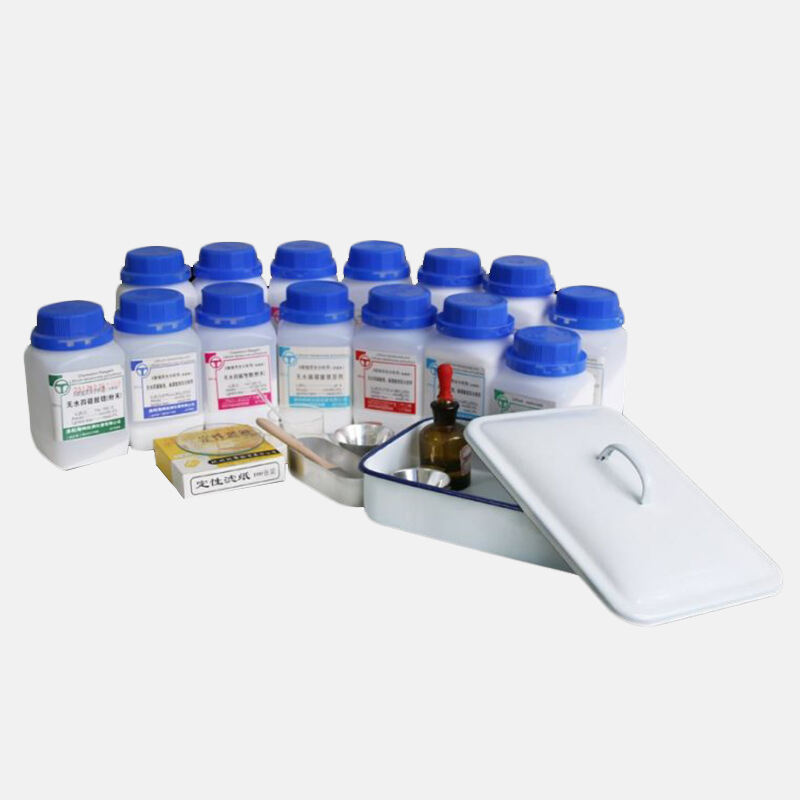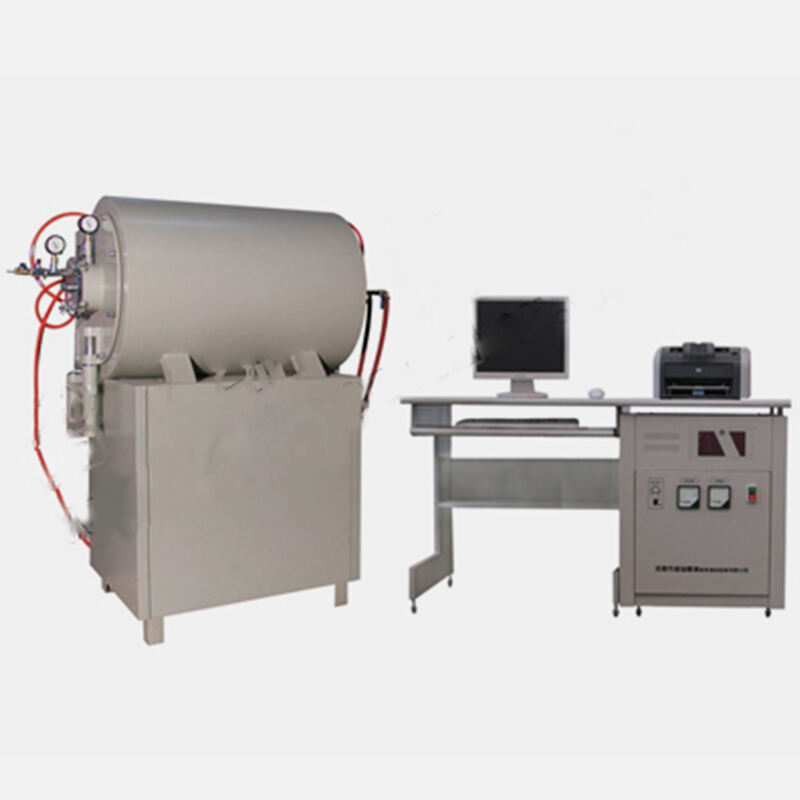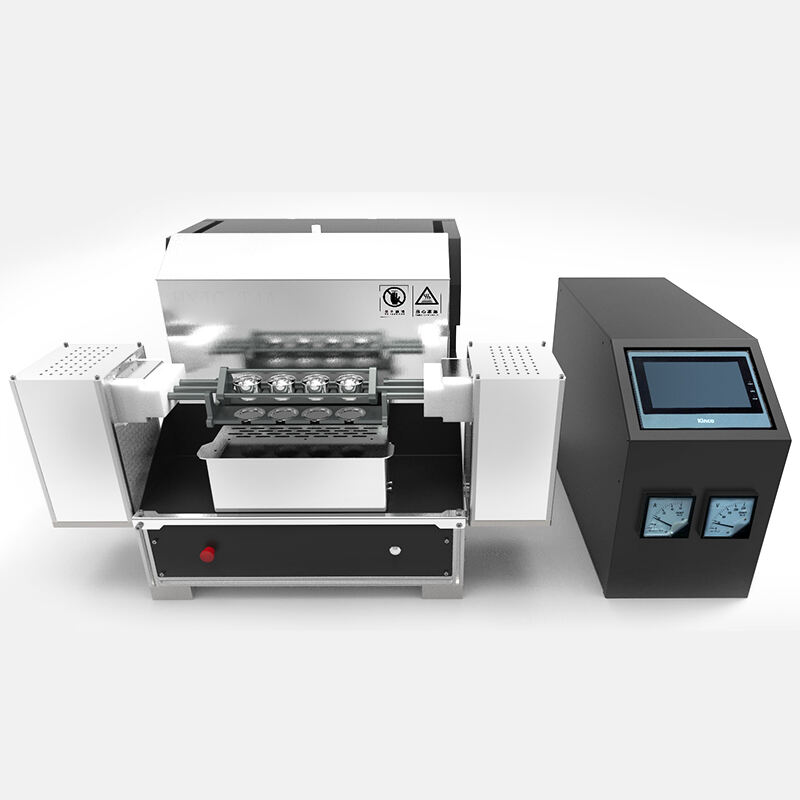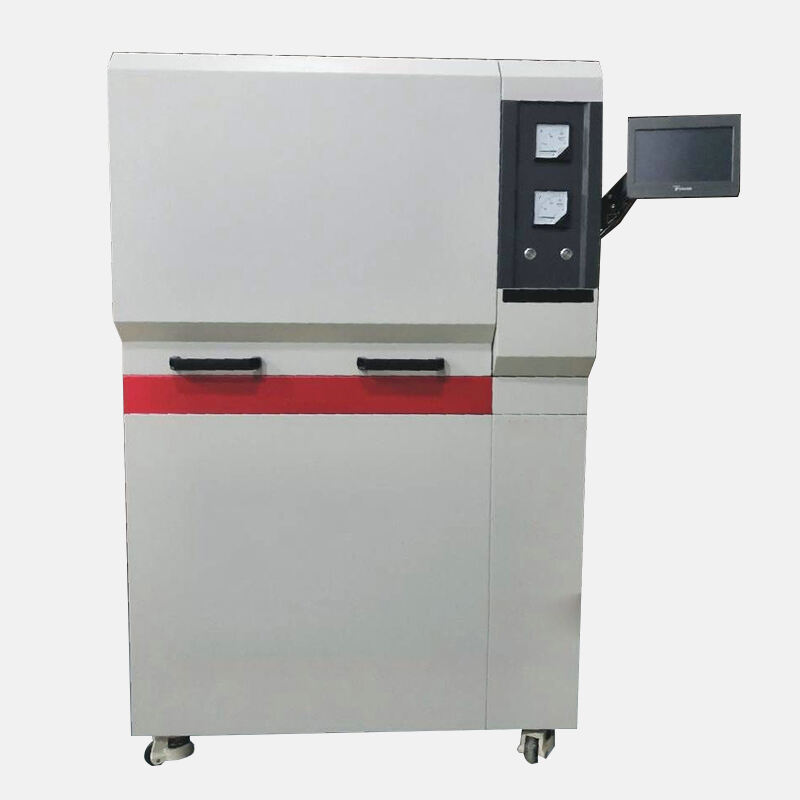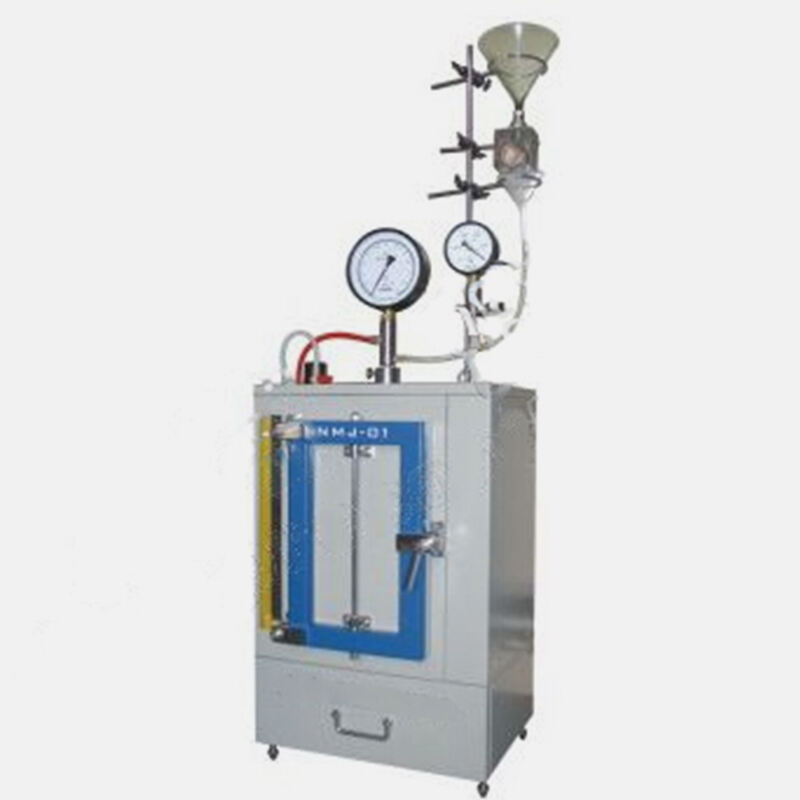What is the difference between the one-key pre-oxidation alloy melting machine and the ordinary melting machine?
The following is an analysis of the core differences between the one-button pre-oxidation alloy melting machine and the ordinary melting machine in terms of product efficacy, combined with a comparison of technical principles, application scenarios and result reliability:
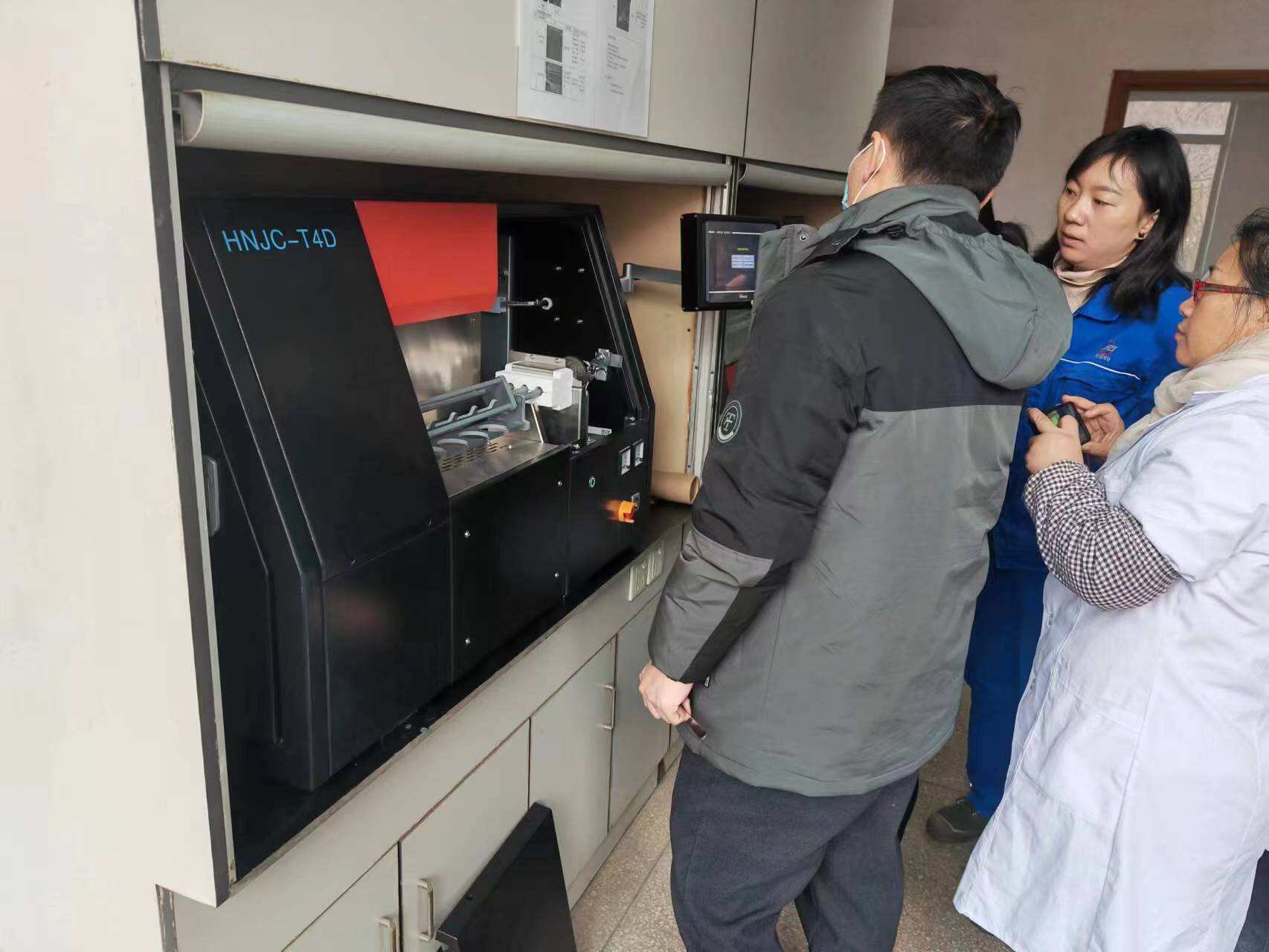
Core difference: pre-oxidation function and alloy sample adaptability
| Efficacy Dimension | One-button pre-oxidation alloy melting machine | Ordinary melting machine |
| Pre-oxidation treatment | Core advantages: | There is no pre-oxidation function and direct melting may lead to the loss of volatile elements (such as S, Se) or insufficient metal oxidation, affecting the detection accuracy. |
| Built-in pre-oxidation program, one-click start of oxidation pretreatment of alloy samples (such as steel, high-temperature alloys), to generate a uniform oxide film to avoid volatilization or segregation of components during melting. | ||
| Alloy sample suitability | Specially designed for alloys, it can process high melting point, multi-component complex alloys (such as titanium alloys, nickel-based alloys), suppress molten sample splashing through pre-oxidation, and ensure melting uniformity. | It is mainly used for conventional samples (such as glass, ceramics, simple oxides). When processing alloys, it is easy to cause incomplete melting or composition distortion due to insufficient oxidation. |
| Temperature control accuracy | Multi-stage programmed temperature control: | Usually a single temperature curve cannot be controlled in stages, and the alloy structure may be destroyed due to excessively rapid temperature rise. |
| The pre-oxidation stage (low-temperature oxidation) and the melting stage (high-temperature melting sample) are temperature-controlled independently to avoid sample damage caused by sudden temperature changes. | ||
| Data reliability | Pre-oxidation stabilizes the chemical form of the sample, reduces element volatilization and cross contamination during the melting process, and ensures the consistency of XRF/ICP test results. | When alloy samples are directly melted, they are easily affected by differences in oxidation degree, resulting in poor test repeatability. |
| Degree of automation | Full process automation: |
Manual oxidation p retreatment (such as separate calcination) is required, which is cumbersome, time-consuming and dependent on operating experience. |
| Pre-oxidation → melting → cooling are completed in one integrated process, which reduces manual intervention and operational errors. | ||
| Safety and environmental protection | The closed pre-oxidation chamber + tail gas treatment system suppresses the escape of harmful gases (such as SO₂) and meets strict environmental protection standards. | Open or semi-enclosed design may release irritating gases when handling alloys, and additional ventilation equipment is required. |
| Consumables life | Pre-oxidation reduces the erosion of the crucible by high temperature during melting and prolongs the service life of the platinum/graphite crucible. | Direct high-temperature melting of alloys intensifies crucible wear and tear and increases maintenance costs. |
Comparison of typical application scenarios

| Scenario | One-button pre-oxidation alloy melting machine | Ordinary melting machine |
| Alloy composition analysis | Precise element detection of aerospace alloys, stainless steels, and corrosion-resistant metals。 | Only suitable for simple metal oxides or non-alloy materials。 |
| Trace element detection | Pre-oxidation locks in volatile elements (such as As, Hg) to ensure low-content detection accuracy。 | High temperature melting can easily lead to the loss of trace elements, limiting the detection limit。 |
| High sulfur/high carbon samples | Pre-oxidation generates stable sulfate/carbonate to avoid sulfur and carbon escape during melting。 | Direct melting may result in lower test values due to sulfur/carbon volatilization。 |
| Research-level replication | Programmed pre-oxidation ensures batch-to-batch consistency and meets the stringent requirements of scientific research data。 |
Manual preprocessing has poor stability and high risk of data fluctuation。 |
Summary: Why choose one-click pre-oxidation alloy melting machine?
Precise and reliable: specially designed for alloys, eliminating component interference, improving detection repeatability and accuracy.
Efficient and time-saving: integrated automatic process replaces manual pretreatment, and laboratory efficiency is increased by more than 50%.
Cost reduction and efficiency improvement: extend crucible life, reduce consumables and operation and maintenance costs.
Safety and compliance: closed design + environmental protection treatment, meeting strict laboratory standards such as ISO 14001.
Applicable fields:
Metallurgical quality inspection, aerospace material research and development, third-party testing agencies, high-end alloy manufacturing and other scenes with strict requirements on component analysis accuracy.
Through the deep integration of pre-oxidation technology and melting sample process, this type of equipment is becoming an innovative solution in the field of complex alloy sample pretreatment.
Recommended Products
Hot News
-
What are the maintenance measures for air permeability tester?
2025-04-02
-
What is the difference between the one-key pre-oxidation alloy melting machine and the ordinary melting machine?
2025-03-25
-
Craftsmanship creates quality! Nanyang JZJ Testing Company successfully delivered 10set customized high-temperature muffle furnaces to help the high-quality development of the refractory industry
2025-03-17
-
How to open the door of a high temperature muffle furnace at high temperature
2025-03-11
-
How to control the heating temperature and time of the multi-function melting machine?
2025-03-05
-
The biggest advantage of the automatic melting machine fusion method
2025-02-25
-
Together we build a quality future - South African customers purchased 3set of T6 melting machines in batches and delivered them successfully, and efficient services help global mining upgrades
2025-02-22
-
Detailed analysis of the advantages of using high-frequency induction multifunctional fusion machine
2025-02-18
-
Indian customers mailed samples to our company
2025-02-11
-
How to avoid uneven temperature distribution in muffle furnace?
2025-02-06

 EN
EN
 AR
AR
 BG
BG
 FR
FR
 DE
DE
 HI
HI
 IT
IT
 PL
PL
 PT
PT
 RU
RU
 ES
ES
 TL
TL
 IW
IW
 ID
ID
 UK
UK
 VI
VI
 TH
TH
 TR
TR
 FA
FA
 MS
MS
 UR
UR
 BN
BN
 KM
KM
 LO
LO
 PA
PA
 MY
MY
 KK
KK

